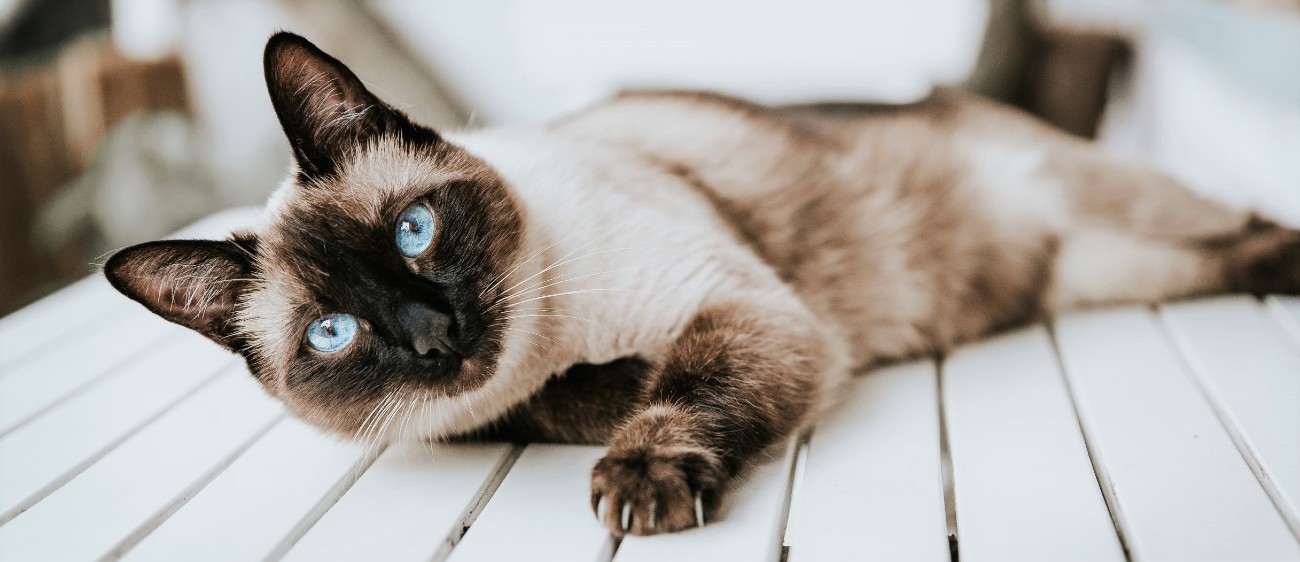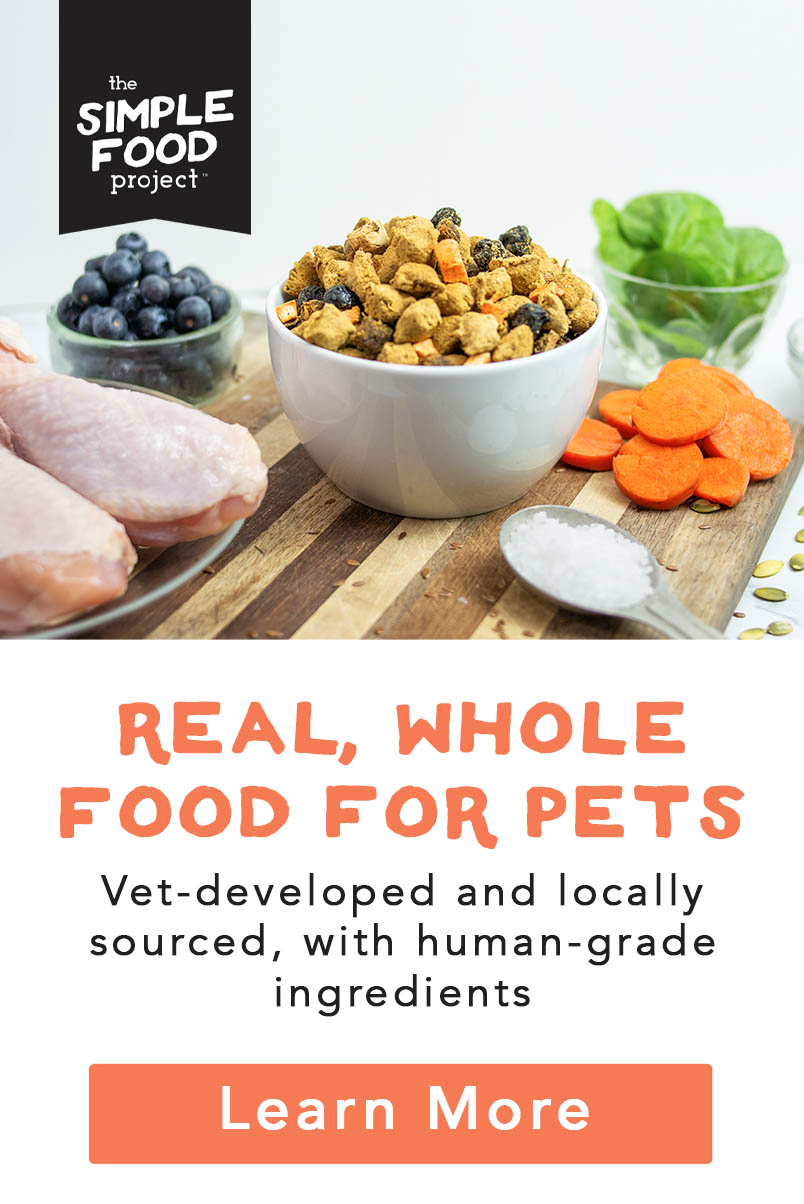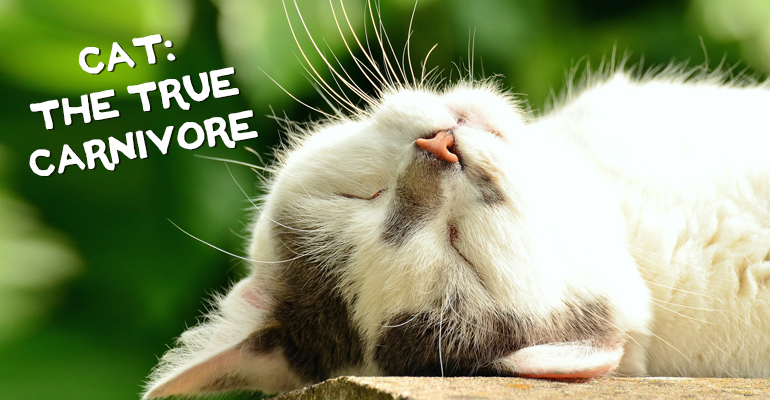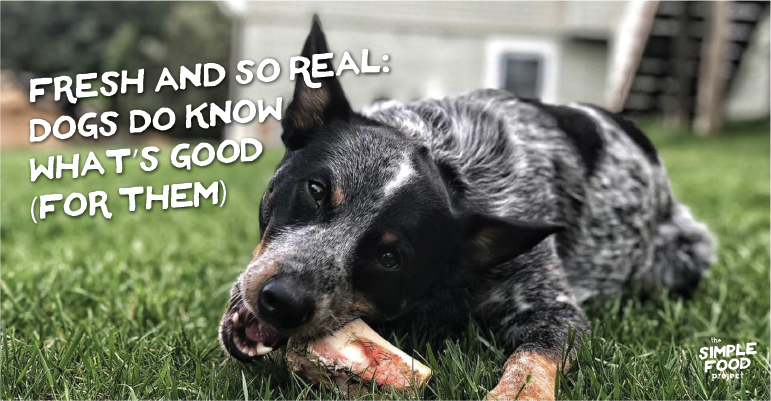6 Ingredients in Cat “Food” That Aren’t Meant To Be Eaten
- Published:
- at
Mr. McWhiskers is a pure delight. He only scratches the sofa sometimes (he’s very polite that way), he’s an excellent coworker and sits on your laptop right on time every day, and he takes all your outfits to the next level with the refined layer of hair he leaves behind.
Mr. McWhiskers deserves the best in every way — especially in terms of what he eats (because let’s be honest, Mr. McWhiskers LOVES to eat).
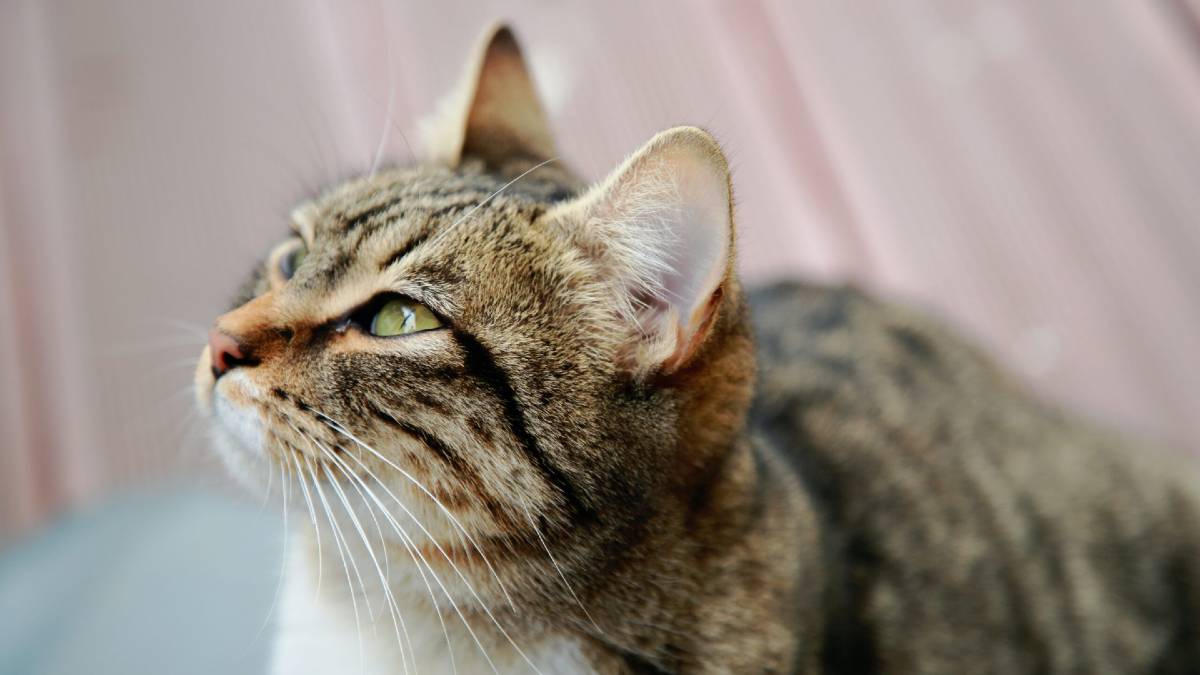
But is he eating ingredients that aren’t meant to be eaten?
We’re not talking about the occasional pillow stuffing that just somehow escaped from the pillow. Or a thread from that sock he stole.
No. We’re talking about ingredients within his cat food. Ingredients that manufacturers put in his food intentionally. Ingredients that you would never dream of eating.
You know that long list of ingredients on the back of the cat food bag? Yep. That’s where you’ll find these doozy ingredients. And the actual uses of these ingredients (i.e. their proper, non-food uses) should raise some red flags. Like — giant, wildly-flapping-in-the-wind, neon red flags.
On the Agenda
The Problem(s) With Kibble
Many pet parents choose to feed kibble. True, it’s a convenient choice — but convenience comes with some scary tradeoffs.
Kibble is heavily processed and often has a shelf life of decades. It’s akin to junk food. Yes, it’s cheap and convenient, but it often causes obesity and numerous health problems down the road. Plus, it doesn’t properly nourish the body — even though it can cause obesity. Kibble leads to overfed and undernourished pets.
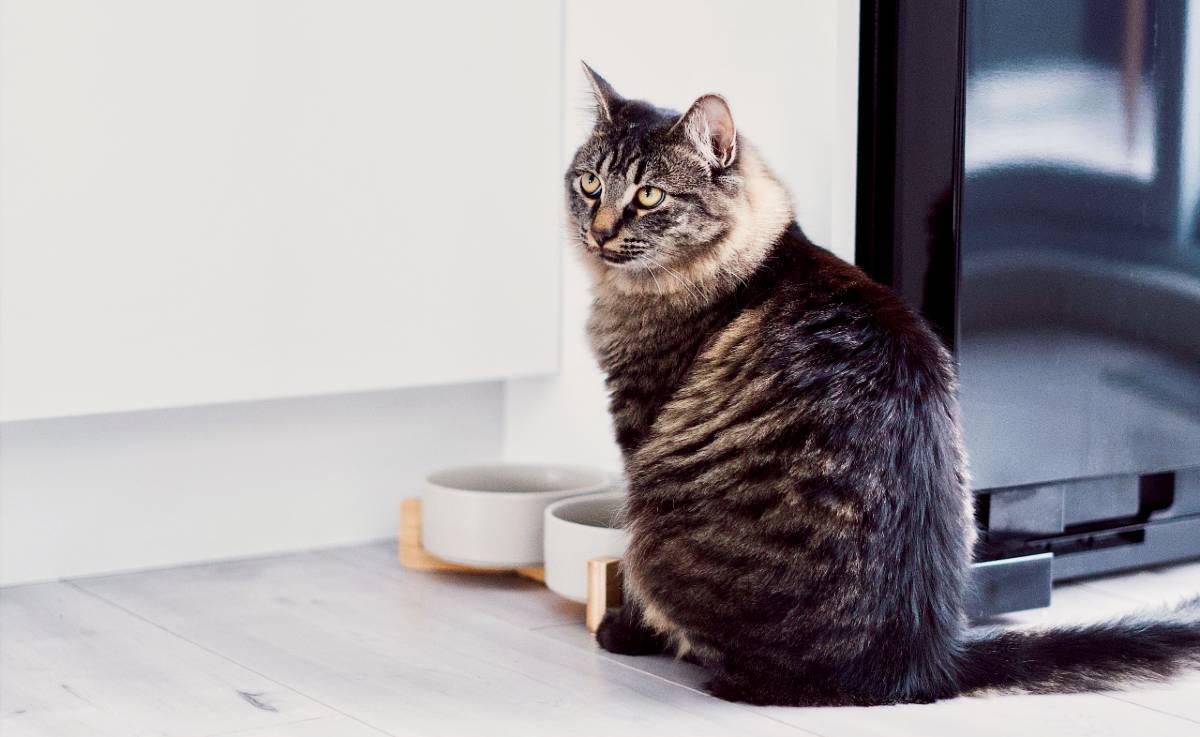
It’s also worth noting how kibble is made. In production, the kibble is heated to extremely high temperatures — 275-572 degrees F. The idea is that this temperature will kill pathogens (which it does), but it also ends up killing healthy components like antioxidants and enzymes. Additionally, when proteins and carbohydrates are heated to such high temperatures, they become toxic and/or carcinogenic (read: cancer-causing).
This is serious stuff. Our four-leggers deserve better.
Many Cat “Foods” Contain Ingredients That Are Not FOOD
Okay, so we know some concerning things about kibble. Now let’s get to the nitty-gritty — the specific ingredients that should make you run.
Let’s demystify some of the ickiest and most dangerous ingredients for your cat. We’ll cover 1) what the ingredients are and 2) what they are supposed to be used for (hint: not food).
Powdered Cellulose
What is it: Cellulose is a fibrous plant-based compound. It comes from plants, which doesn’t sound too alarming, but don’t be fooled. This is not meant to be eaten by cats — or anyone, for that matter.
What is it supposed to be used for: Cellulose is typically used to make paper and fabrics. It’s also used in household items like sponges and glue. The form often found in cat food is derived from sawdust, which is considered a “byproduct” or “waste” from wood. Sawdust is great for various landscaping uses and to soak up spills, but it is certainly not meant for Mr. McWhiskers to have for dinner.
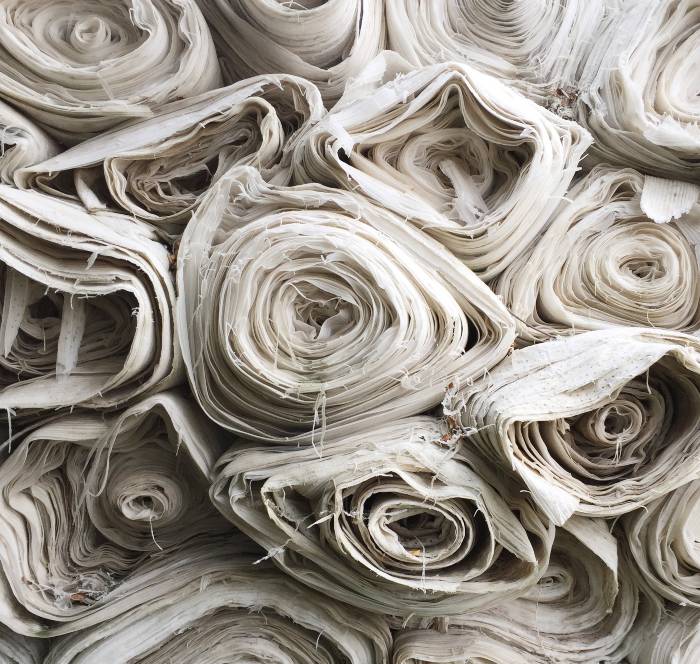
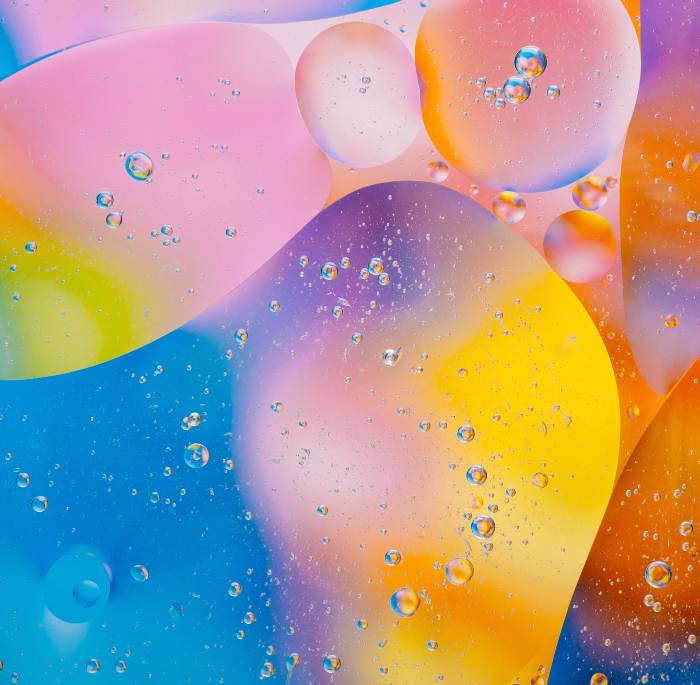
Food Dyes (Yellow 5, Yellow 6, Red 40, Blue 2)
What is it: Food dyes are artificial chemicals that can provide color to many foods (ever had a lollipop that left your tongue blue for hours?).
What is it supposed to be used for: Well, coloring food at best. But we have to ask if this is really necessary — especially for CATS! Does your cat really care or even see what color her food is? Colors are often added to make the food look more enticing to you (the consumer, not your cat). But artificial colors just aren’t worth the cancer risk. Yep, food dyes are known carcinogens for animals. No, thank you. It’s just not worth it.
Ethoxyquin
What is it: Ethoxyquin is a synthetic preservative meant to prevent rancidity.
What is it supposed to be used for: Certainly not food! Ethoxyquin is banned for direct use in human food (it’s toxic if it touches the skin or is swallowed), but it is allowed in pet food — that should be a red flag right there. And the scientific community has some pretty big concerns relating to toxicity that can lead to autoimmune disorders, reproductive damage, cancer, and more.
BHT and BHA
What is it: These are closely related synthetic chemical preservatives (often in dry cat food and human food like cereal and packaged snacks).
What is it supposed to be used for: In addition to being used as food additives, BHT and BHA are commonly used in beauty products, plastic, gasoline, wax, paint, and more (ew). What’s even worse? They’re known carcinogens.
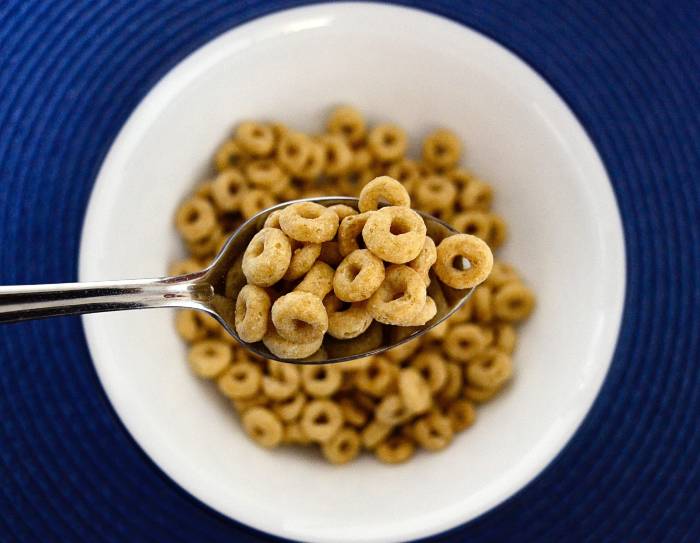
Meat and Bone Meals
What is it: Meat and bone meals are a mysterious mixture from sources such as roadkill, expired food from grocery stores, and inedible byproducts from slaughterhouses. These meals often contain bones and feathers and very little (if any) valuable parts like muscle meat, which is reserved for human consumption. The meal is formed through a high temperature and high-pressure process that essentially converts carcasses and byproducts into a powdery substance — and that is what goes into your pet’s food (yikes).
What is it supposed to be used for: Well, compost at best. Meat and bone meals are often essentially garbage that’s being repurposed as food for our pets. We’re all about repurposing, recycling, and sustainability, but here’s something we’re not about: feeding our pets unhealthy and unsafe waste.
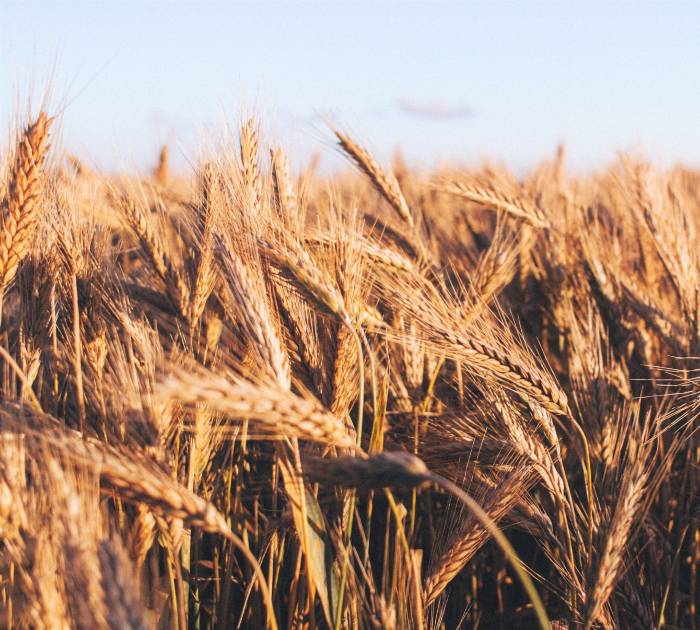
Glucose and Grains (Wheat, Corn, Rice)
What is it: Here are some familiar and recognizable ingredients (finally)! We’re going to assume you know what grains are. And as a Biology 101 reminder, glucose is a simple sugar and a component of carbohydrates.
What is it supposed to be used for: This category is a little different. For other species (like humans or goats), grains are perfectly appropriate. The issue is that the grain is not species-appropriate for cats. Have you ever felt like your kitty is hungry all the time? Well, that’s because she’s not getting the nutrition she really needs. Cats simply cannot process high-carbohydrate ingredients like grains and fillers. A high-meat diet is absolutely imperative to their survival. So even if your kitty eats a seemingly appropriate amount of food each day, she still won’t get the nutrition she needs if that food is filled with carbohydrates. (You can learn more with “Cats and Kibble”).
What Cats Need to Thrive
Cats are obligate carnivores, which means their entire body is designed for hunting and consuming prey — meat. Anything other than meat in their diet should be limited, and carbohydrates (from produce and seeds) must be predigested. (Learn more with “Cat: The True Carnivore”). When you’re choosing a food for your cat, always look for high meat content (like 80-90%) and ingredients you recognize
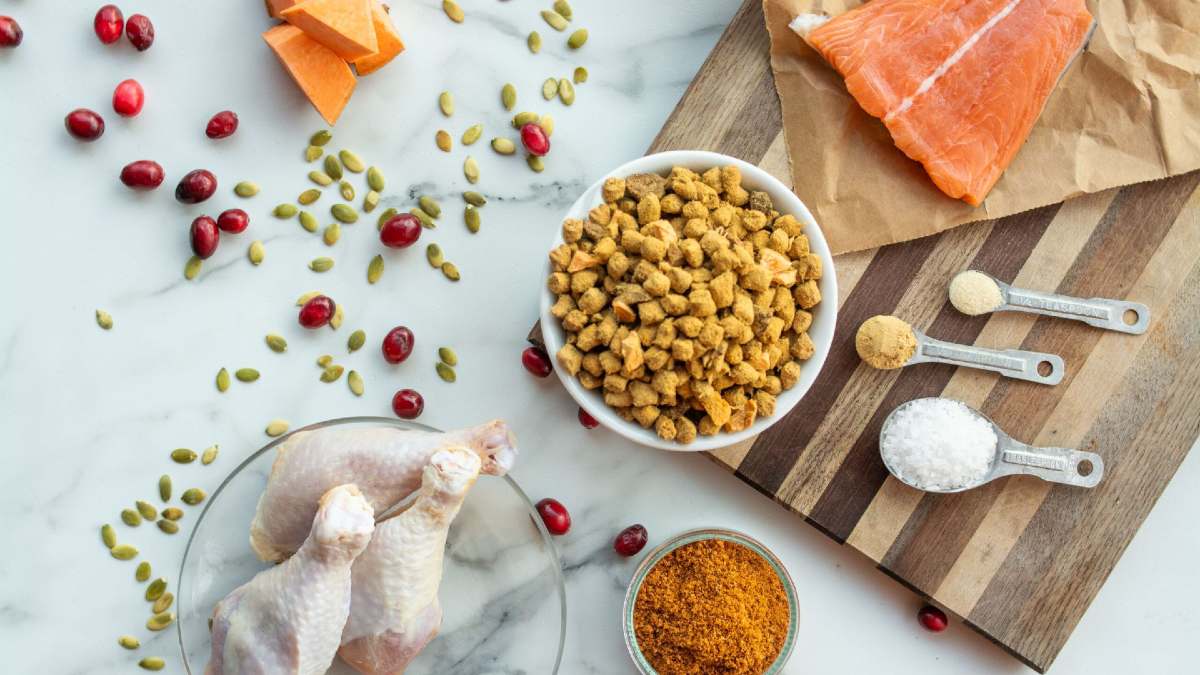
Your cat deserves real, whole food — not “cat food” that isn’t actually food at all. We know that health starts with what’s in the bowl, so fill it with everything your cat needs to truly thrive!
Meat. Your cat would like us to emphasize once again that the answer is meat — and just to be clear, we’re talking raw meats and not meat meals (shudder).
And don’t forget about antioxidants and omegas, which support a healthy inflammatory response, boost heart health, foster a robust immune system, and promote healthy aging. Adding these doesn’t have to be complicated. In fact, single ingredients like krill can provide a supercharged daily dose of both these nutrients.
You can even learn to curate the bowl for your cat, filling it with the quality staples that all cats need and going beyond the basics to tailor a plan for your unique four-legger.
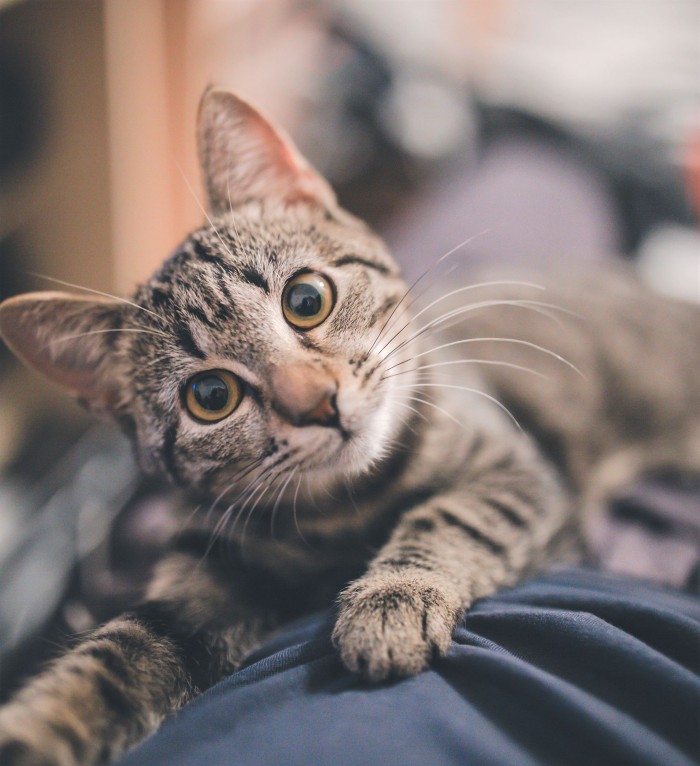
There are a lot of ways for you to give Mr. McWhiskers the nutrition he needs to thrive. The solution isn’t one-size-fits-all. Maybe you want to try DIY raw. Or maybe that’s a bit too much of an endeavor. In that case, another great option would be freeze-dried whole food nutrition like The Simple Food Project recipes.
Regardless, it’s safe to say several ingredients absolutely do not belong in your cat’s bowl. Now that you know what they are — and the non-food purposes they actually serve — you can make healthier choices for Mr. McWhiskers for years to come.
Share this Post
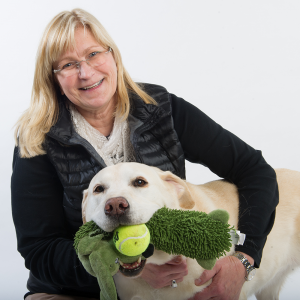
Dr. Chris Bessent
Chris Bessent, DVM, MSOM, Dipl. OM, L.Ac. has over thirty years of experience in veterinary medicine including certificates in veterinary acupuncture, veterinary chiropractic and veterinary Chinese herbology. Imbued with Eastern philosophy and the knowledge that food is the foundation of health, Dr. Bessent also received her degree in veterinary nutrition and began to formulate recipes fit for a carnivore from nothing but whole foods. Currently, she divides her time between the Simple Food Project and Herbsmith, both of which are owned and operated out of her facilities in southeastern Wisconsin.

Hayley - Content Writer
Hayley is a freelance writer based in Northern California. (Writing for the Simple Food Project is her favorite, but don't spread it around.) She enjoys riding horses, taking road trips, and eating grilled cheese sandwiches. Her foster dogs have mixed feelings about the spinach she keeps trying to sneak into their bowls.

Kayla - Content Editor
Kayla is the Content Editor for The Simple Food Project. She has a cat named Professor Cat-Faced Meowmers, who goes by Kitty, and a goof of a dog, named Duck. She stays busy biking trails, losing at board games, and searching for the next best craft beer.
